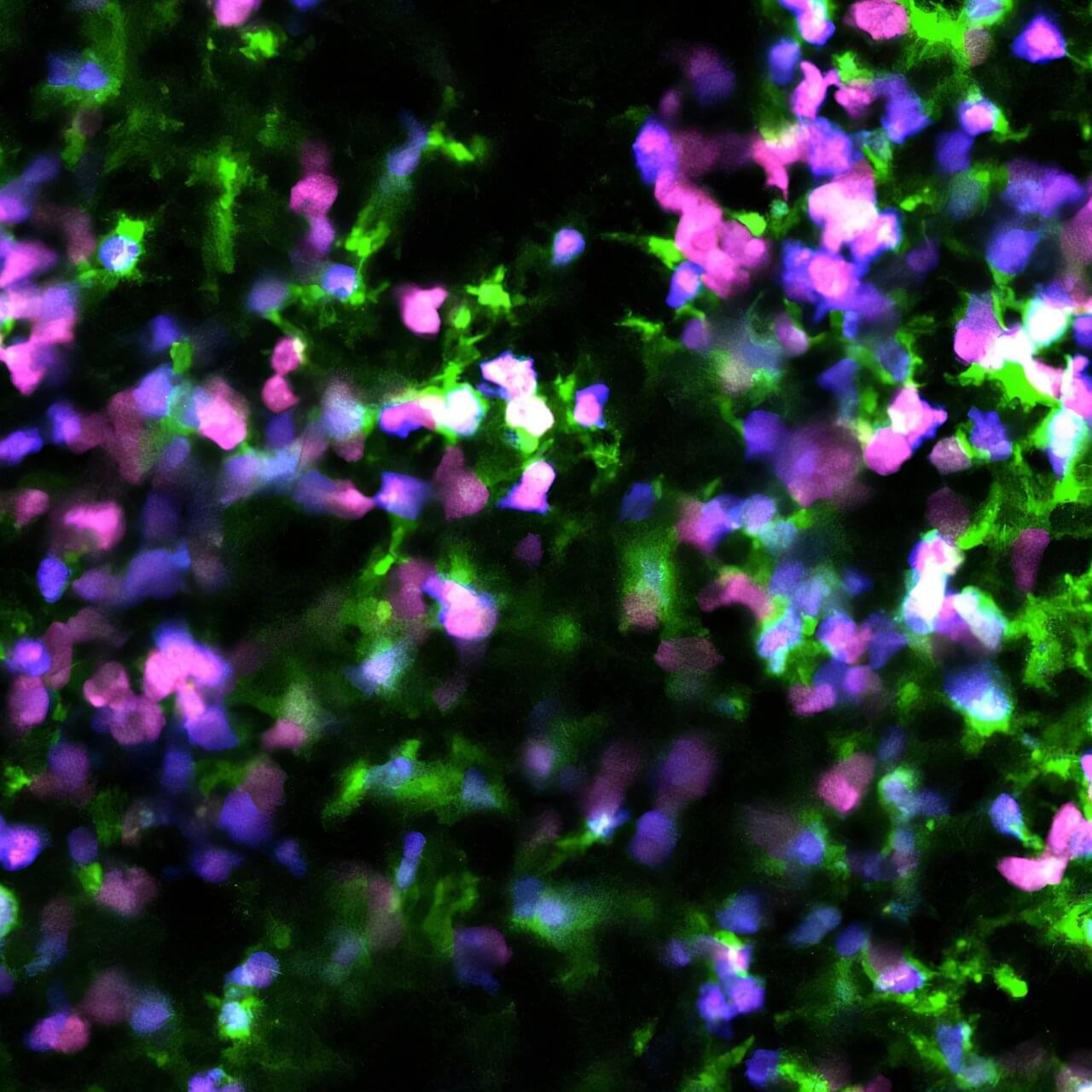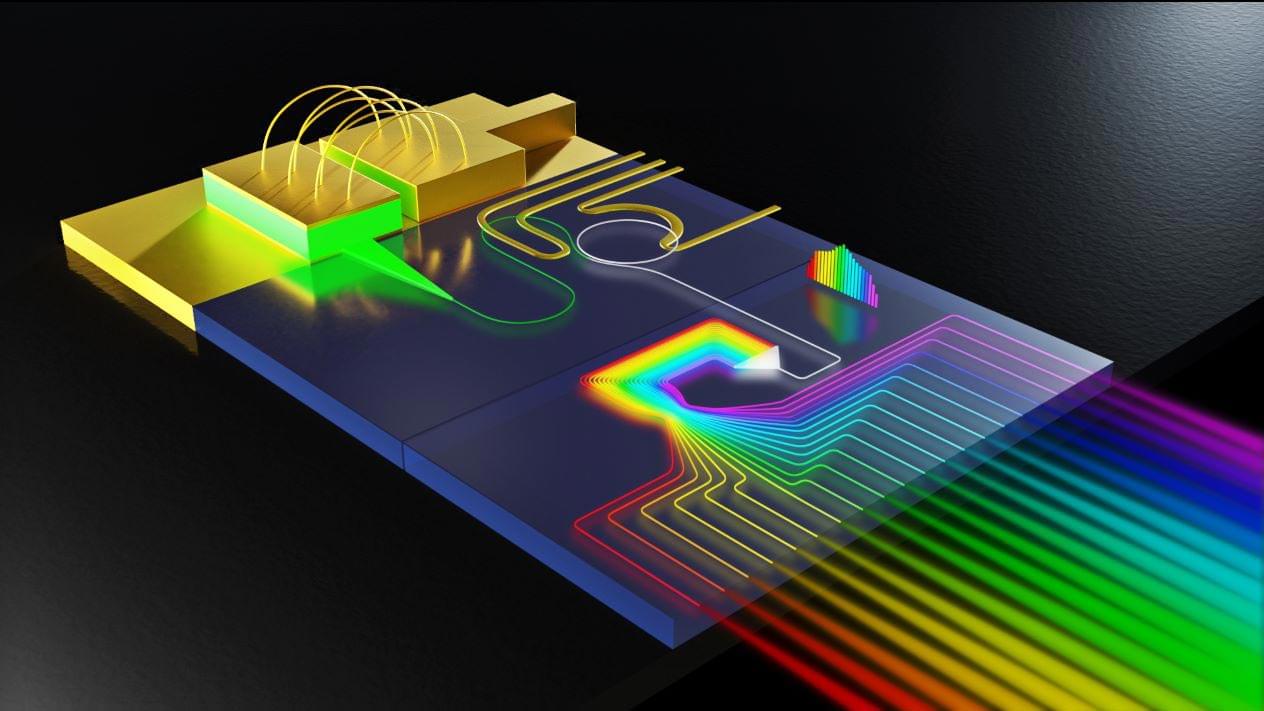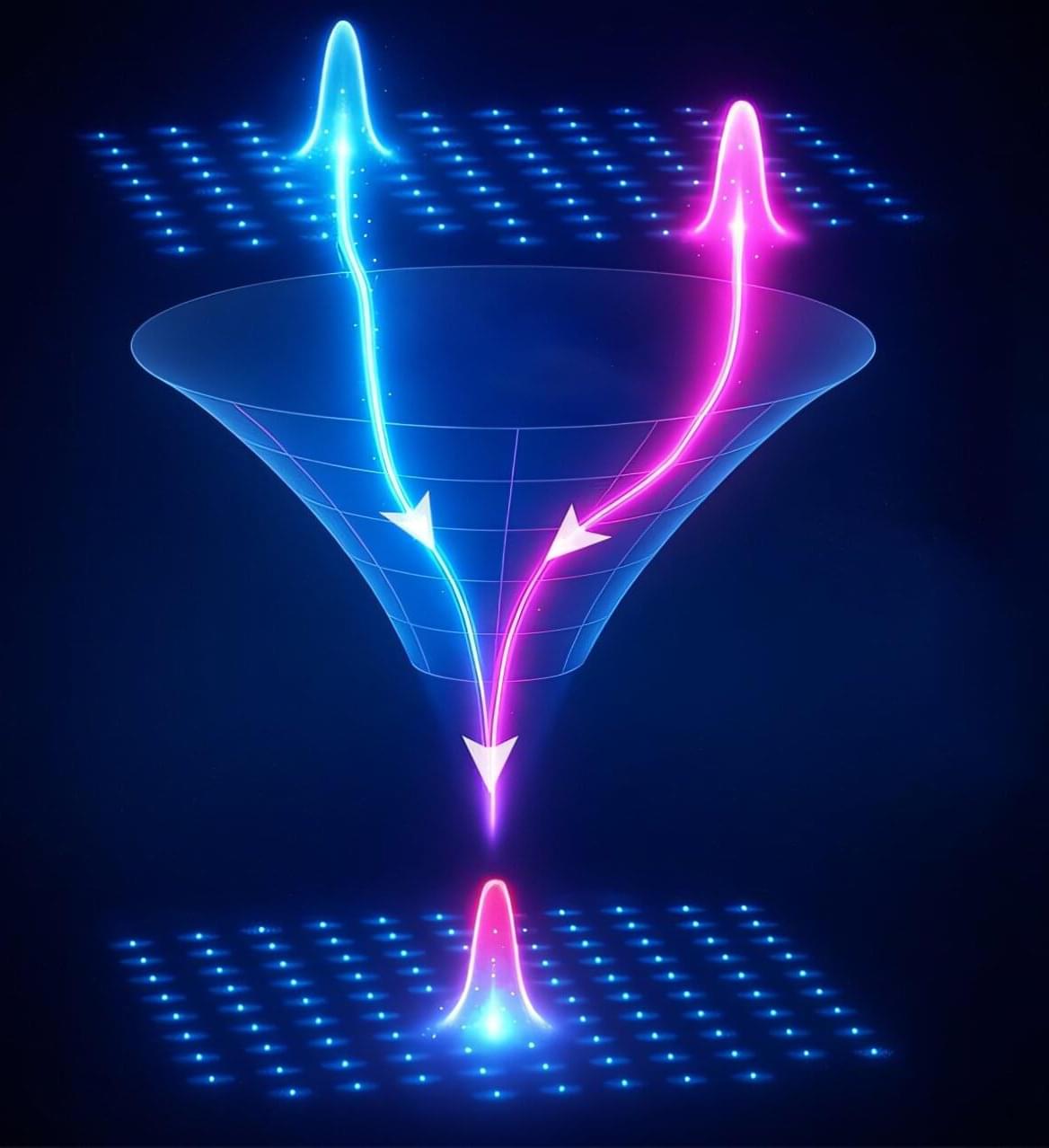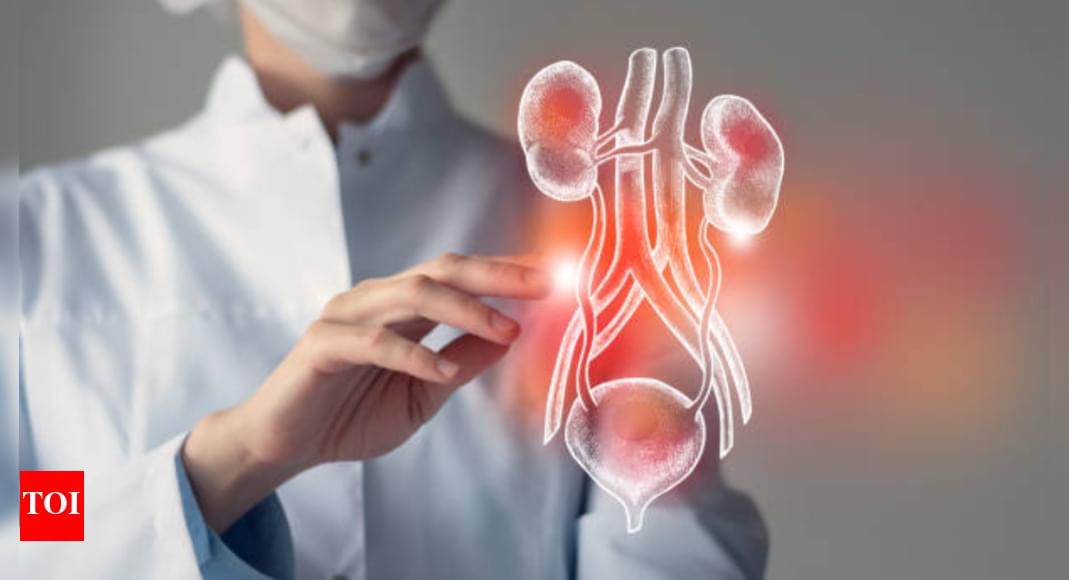Chinese scientists have unveiled a groundbreaking bio-adhesive, popularly known as “Bone-02,” that can bond fractured bones within just three minutes. This innovation was inspired by the adhesive properties of oysters, which can attach firmly to wet surfaces, a concept now translated into medical science.
Unlike traditional implants such as metal plates or screws, the new bone glue is completely bioabsorbable. As the bone naturally heals, the adhesive is gradually absorbed by the body, effectively eliminating the need for secondary surgery to remove any hardware.
Reports from early clinical trials indicate that the glue provides an impressive bonding strength exceeding 400 pounds (around 180 kg) and achieves stable fixation even in wet, blood-rich surgical environments. This could revolutionize the way fractures are treated in orthopedic surgery.







